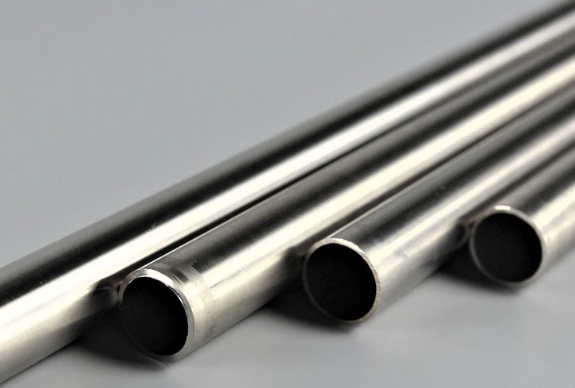
What is the Welding Performance of 316L Stainless Steel Pipes?
Welding 316L stainless steel pipes is an important part of metal processing and is widely used in many fields. To ensure the quality of welding, the safety of the product can be improved. When welding stainless steel pipes, different types of stainless steel pipes have different materials, so their corresponding welding performance is also different. It is important to understand the welding performance before welding. Even if the weldability is poor, it can be optimized through certain process and technical means to achieve and meet the requirements of use. Next, let's learn about the welding performance of 316L stainless steel pipes.
316L stainless steel pipes welding performance
Austenitic stainless steel is represented by 18%Cr-8%Ni stainless steel, which is commonly known as 304 stainless steel. In principle, no preheating before welding and post-weld heat treatment are required during welding. However, the content of nickel and molybdenum is high, so high-temperature cracks are easily generated during welding. In addition, mutual embrittlement (Fe-Cr intermetallic compounds) will occur, and the ferrite generated under the action of ferrite-forming elements will cause low-temperature embrittlement, as well as defects such as decreased corrosion resistance and stress corrosion cracking.
316L stainless steel pipe is an ultra-low carbon pure austenitic stainless steel with excellent weldability and low possibility of intergranular embrittlement. However, due to its low thermal conductivity and large linear expansion coefficient, the welded joints of these different steel grades will continuously produce tensile stresses with great influence in the cooling system process management, and the welding heat input is large. When the cooling rate is slow, thermal cracks, corrosion cracking and deformation are likely to occur. 316L welded pipe can be welded with various national standard welding processes. Depending on the use, 316CB, 316L or 309CB stainless steel filler rods or welding rods can be used for welding; The heat input of MIG and TIG welding is less than that of conventional welding. In addition to being environmentally friendly to high-temperature metals, the argon gas flow also has a certain cooling system function, which improves the crack resistance of the weld and thus reduces the welding deformation of the enterprise.

Precautions after welding 316L stainless steel pipes
When using 316L stainless steel pipes, post-weld annealing treatment is generally not required, and austenitic stainless steel generally does not require stress relief annealing heat treatment after welding. The reason is that austenite has very good plasticity and toughness, and does not need to be restored through post-weld stress relief annealing heat treatment. Secondly, the temperature range of 450~850℃ is the sensitization temperature of austenitic stainless steel. If austenitic stainless steel is heated in this range for a long time, its corrosion resistance will decrease. If there is ferrite in the weld, 475°C brittleness may also occur. The post-weld stress relief annealing heat treatment is just within this temperature range (except for solution treatment and stabilization treatment).
After welding, the mechanical properties of 304 stainless steel welded joints are good.
However, when there are chromium carbides on the grain boundaries in the heat-affected zone, a chromium-poor layer will be easily formed, and the chromium-poor layer will easily cause intergranular corrosion during the use of the product. To avoid problems, it is best to use low-carbon (C≤0.03%) grades or grades with added titanium or niobium. For steels whose main purpose is corrosion resistance, low-carbon and stable steel grades should be selected, and appropriate post-weld heat treatment should be selected; Steels whose main purpose is to develop strength for economical structural designs should not be subjected to post-weld heat treatment to prevent deformation and the formation of carbides and phase embrittlement due to these precipitations. But in some special cases, the 316L stainless steel pipes should be subjected to stress relief annealing after welding. First, in order to stabilize the geometry of equipment parts, welding residual stress must be eliminated. Secondly, the equipment works in a stress corrosion environment and also needs to eliminate tensile residual stress.
Read more: 304 and 316 Stainless steel Pipes, which One is Better?


